I need a way to analyze output file of my GCC compiler for ARM. I am compiling for bare metal and I am quite concerned with size. I can use arm-none-eabi-objdump provided by the cross-compiler but parsing the output is not something I would be eager to do if there exists a tool for this task. Do you know of such a tool existing? My search turned out no results.
One more thing, every function in my own code is in its own section.
